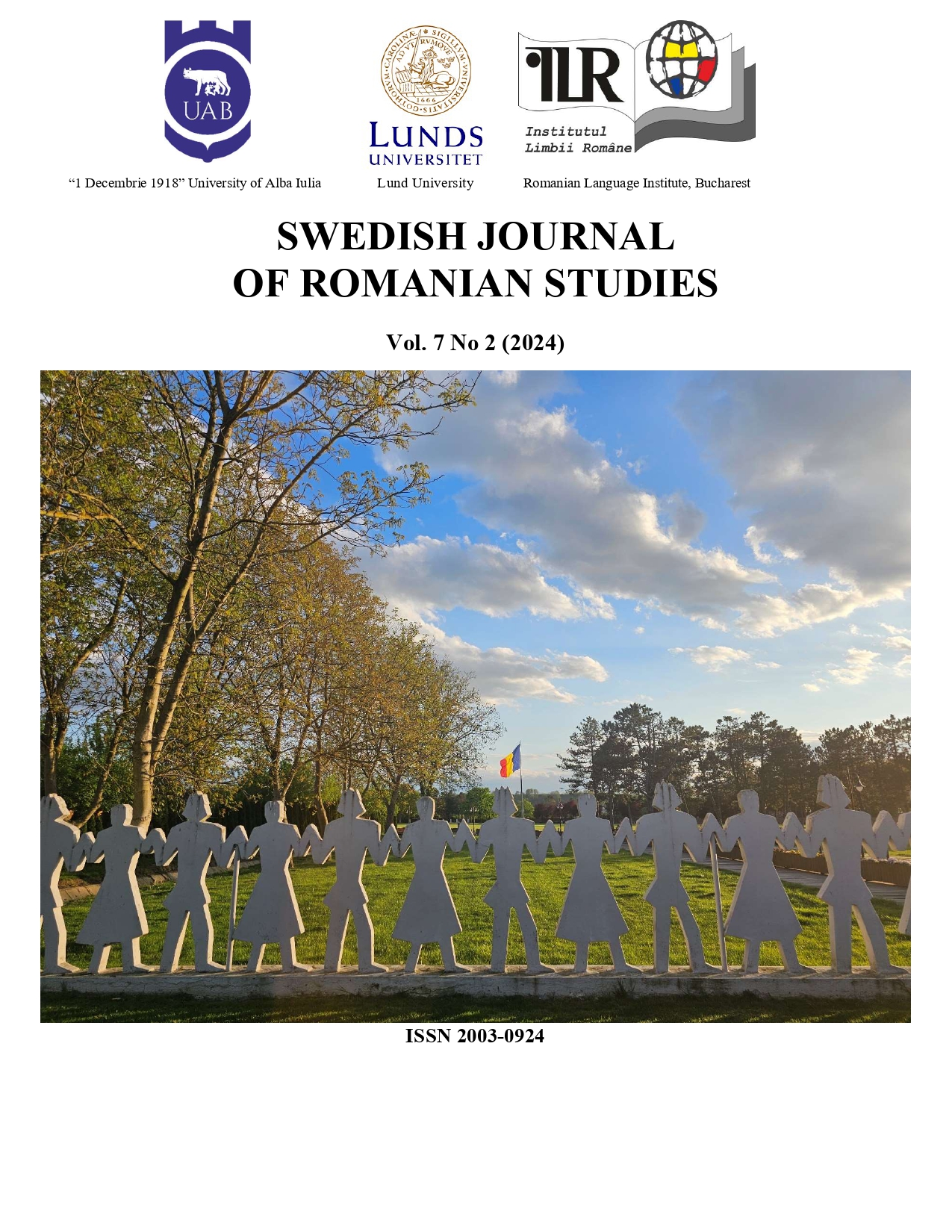Représentations et pratiques nocturnes dans la société roumaine (XVIIIe – XXe siècles)
Nocturnal representations and practices in Romanian society (18th – 20th centuries)
Author(s): Alexandru OfrimSubject(s): Customs / Folklore, Culture and social structure
Published by: Språk- och litteraturcentrum, Lunds Universitet
Keywords: Night Studies; night-time activities; sleep habits; segmented sleep; monophasic sleep;
Summary/Abstract: Folklorists, ethnographers and anthropologists have dedicated few studies to the night, and they especially emphasized its negative representations: an interval of darkness, of anxiety and fear, a time of intensified activities of evil supernatural forces. By favoring imaginary and mythical components, night was taken into consideration as an exceptional and extraordinary time, as a negative counterpart to the day, and not as a natural reverse of it. For a long time, the night did not draw the attention of historians, being perceived as a time when nothing happens, a time for rest and sleep. Starting with Jean Verdon’s pioneering book (“La Nuit au Moyen Âge”, 1994), historians have become increasingly interested in night habits, and explored the nightlife of people in ancient societies, bedtimes and waking times, sleep duration. The history of sleep has become a new field of research, opened by the American historian Roger Ekirch (2001, 2005), who advanced the theory that people in pre-industrial societies used to sleep differently. During the night, the sleep was biphasic (or segmented), divided into two moments and separated by a period of wakefulness (watch) at around midnight (between the first sleep and the second one). In our study we intend to verify if the results of Ekirch’s research are also applicable to the realities of the Romanian society in the 18th-20th centuries. We must recognize the difficulties of a history of nocturnal time, the fragmentary nature of the sources, the lack of direct and explicit testimonies (few people have been able to subjectivize their experience of sleep and transmit written testimonies). Therefore, we investigated sources such as chronicles, judiciary documents and literary texts, in search of the segmented sleep pattern. We have identified direct or indirect references to the two periods of sleep, and the intervening period of wakefulness. These references allow us to cautiously advance the hypothesis that this sleep pattern also existed in pre-modern Romanian society, in rural and urban environments. The future researches, based on teamwork, will more accurately determine the validity of this hypothesis.
Journal: Swedish Journal of Romanian Studies
- Issue Year: 7/2024
- Issue No: 2
- Page Range: 112-123
- Page Count: 12
- Language: French

